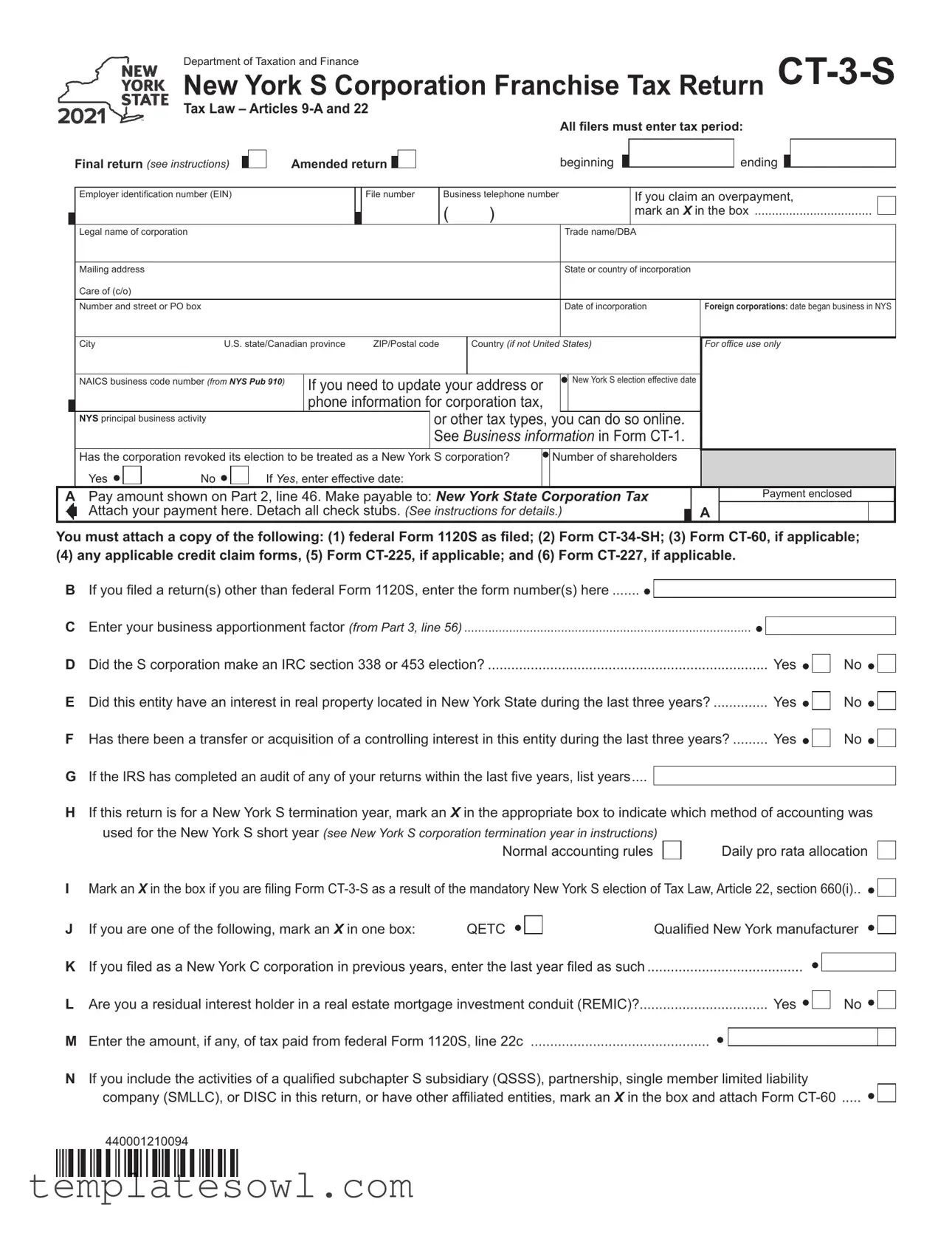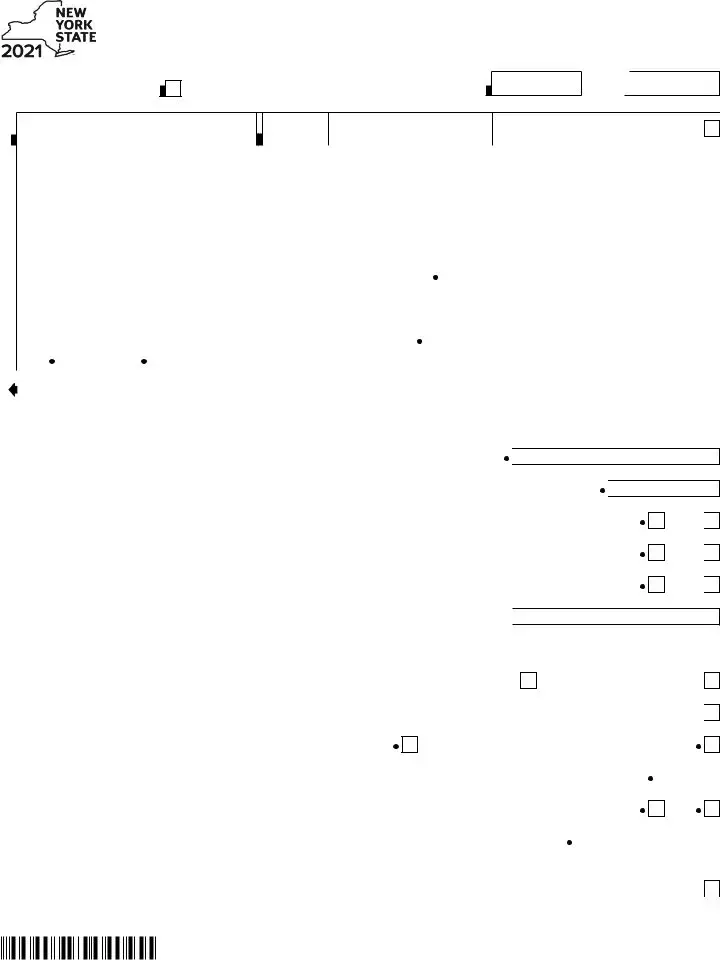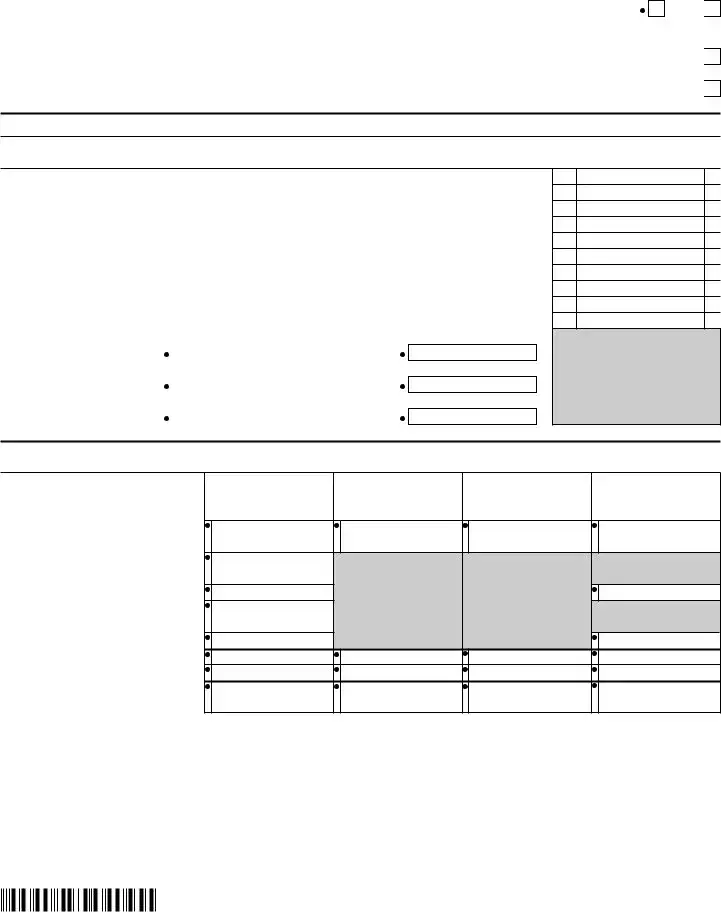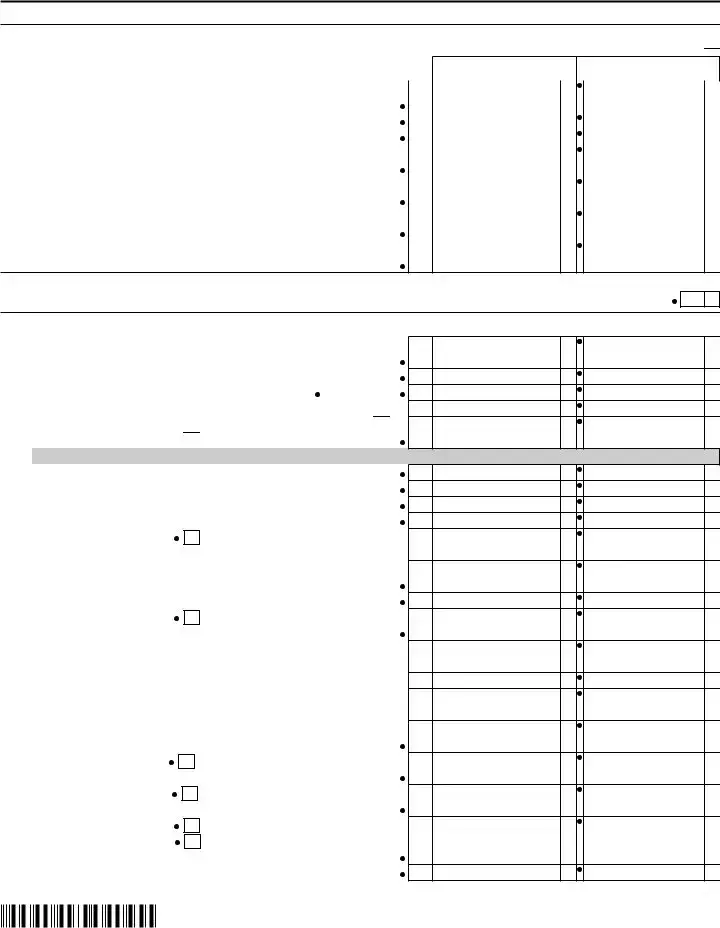What is the CT-3-S form and who should file it?
The CT-3-S form is the New York S Corporation Franchise Tax Return. Businesses that have elected to be treated as S corporations for tax purposes and operate in New York State must file this form. If your corporation has made an S election and conducts business in New York, it is essential to fill out this form accurately for each tax period you are filing for. Whether this is your final return or an amended return, the form still requires detailed information about your corporation's income, deductions, and other financial activities.
What information do I need to complete the CT-3-S form?
You will need various details, including your corporation's legal name, employer identification number (EIN), and business address. Additionally, input the dates for the tax period, whether this is a final or amended return, and the number of shareholders. You must also provide information from your federal Form 1120S and include calculations regarding your business receipts in New York State. Ensure to attach required documents such as federal Form 1120S, and any other applicable credit claim forms as specified in the instructions.
How do I report income and tax liability on the CT-3-S form?
Income is reported based on the lines provided on the CT-3-S form, which align with corresponding lines from your federal Form 1120S. You will enter amounts for ordinary business income, any rental income, interest, dividends, and other income types. For tax liability, calculate your total tax by adding any fixed dollar minimum tax and any recapture of tax credits. After accounting for tax credits, penalties, and any prepayments made, the final amount due or refund owed will be reflected on the form. Be diligent in ensuring that all amounts are calculated and reported correctly to avoid issues.
What do I do if my corporation is no longer an S corporation?
If your corporation has revoked its S corporation election or no longer meets the requirements to be treated as such, you must indicate this on the CT-3-S form. Specifically, mark "Yes" in the designated question section and provide the effective date of the revocation. After this, you may need to switch to filing a different tax form that corresponds to the new tax status of your corporation, typically the CT-3 form for New York C corporations. Staying compliant with tax regulations is crucial, so consider consulting a tax professional if you've undergone significant changes.































 ).
). 







